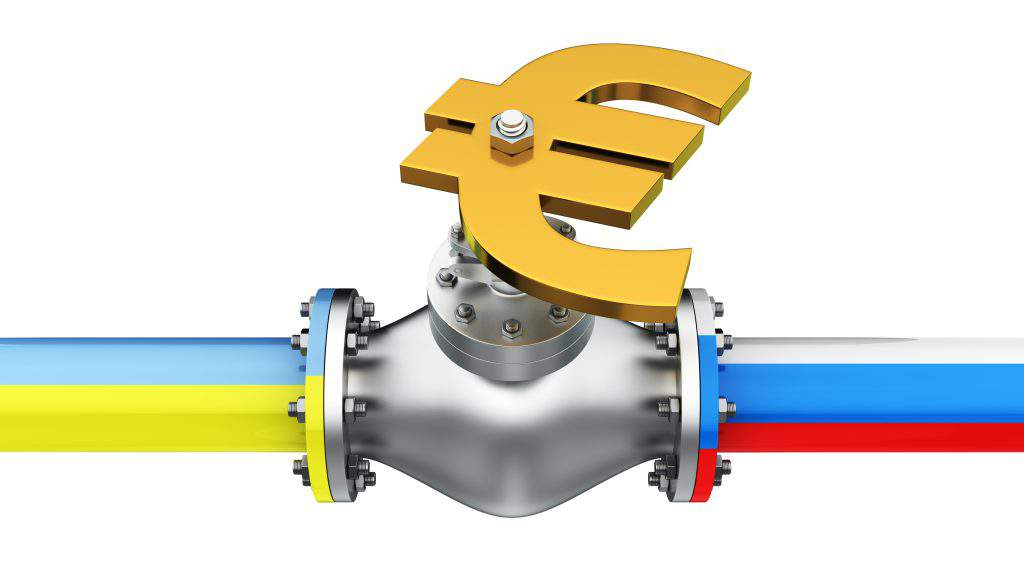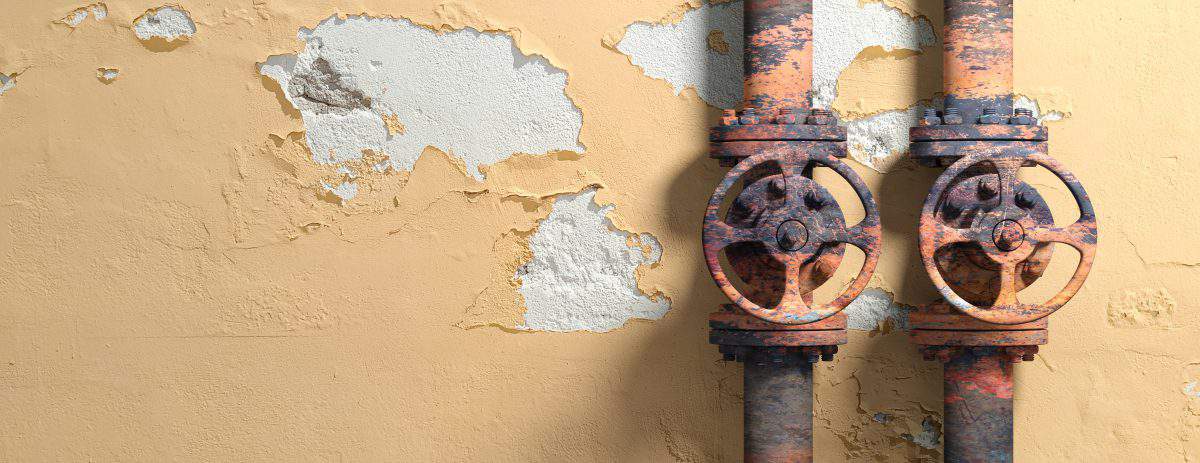A ten-year transit contract between Gazprom and Naftogaz on supplies of Russian gas to Europe through Ukraine expires on December 31, 2019; all eyes are now on trilateral negotiations between the European Union, Russia and Ukraine. There have been heated discussions about Russian projects such as Nord Stream 2 and Turkish Stream that are attempting to deliver natural gas directly to European consumers, depriving Ukraine of its accustomed income as a transit country.
The real problem, however, lies far beyond the negotiating tables: according to estimates by independent experts, Ukraine’s gas transportation system will last only another two years without major breakdowns. After 2021, emergencies caused by wear and tear in its pipelines appear a virtual certainty.
The veteran
Kiev can boast a gas transportation system with a long history. According to official records, it began operation as early as 1948, starting with the Dashava–Kiev pipeline, which has a capacity of around two billion cubic metres a year and is still in operation. Today, almost twenty thousand of the 33,000 kilometres of major Ukrainian gas pipelines have been operational for more than thirty years; the remainder is almost as old. It is worth mentioning that it is recommended that external gas pipelines are checked for potential wear and tear after twenty years’ use.
Wearing of the pipelines is not the only problem though: the Ukrainian transportation system has not benefited from technological solutions developed over recent decades, which have significantly improved the efficiency of gas transportation facilities. Modern pipelines are larger in diameter and new compressor stations are more efficient, meaning that they require less technical gas and the system overall needs fewer stations.

As a result, transportation via Ukraine is becoming comparatively more expensive each year. According to Russia’s energy minister Alexander Novak, the Ukrainian transit tariff is the most expensive existing option for delivering Russian gas to Europe – the prime cost is two to two and a half times higher than the alternatives.
Dead end
The new Ukrainian government now finds itself facing a difficult problem. With infrastructure degradation and tough competition from routes bypassing Ukraine, such as Nord Stream, it is becoming increasingly difficult to maintain the existing infrastructure.
The current administration is urgently seeking a way to maximize transit volumes, slowing down a negotiation process that is already complicated enough. European Commission Vice President Maroš Šefčovič, who is responsible for a deal does not seem overly concerned about the negotiation process, but his European colleagues are far more disconcerted since European political interests contradict economical imperatives.
Priceless asset
One possible solution would be to sell the infrastructure to a more efficient operator. Such attempts have in fact been made ever since the early 2000s when President Viktor Yushchenko was in office. Unsurprisingly, the main obstacle has been disagreement about the price of the asset. This decade, the Troika Dialog Ukraine investment company has estimated the purchase at some €55 billion while politicians have claimed it is worth €140-275 billion.
Recently, independent Ukrainian analysts have assessed the prime cost of the system at hardly more than €30-40 billion. At the same time, the cost of renovating the network to the latest standards is estimated at approximately half this amount.
Despite persistent rumours, no actual deal has yet been struck. We may see some new plot twist in two to three years when the price of the system is expected to plummet following the likely physical exhaustion of the pipelines.

A black swan
Ukraine’s bargaining position improved greatly on 10 September as the EU General Court in Luxembourg ruled that Russian natural gas exporter Gazprom can use no more than 50% of the capacity of the OPAL pipeline, which brings Nord Stream 1 supplies to European consumers in Germany.
The bid was made by Poland, claiming that the security of its supply was threatened by Russia diverting huge volumes directly into Germany, away from traditional routes running via Ukraine and Poland.
Although the Court’s decision is in line with European legislation, it makes little practical sense: Gazprom is the only supplier delivering gas to the German city of Greifswald. Germany accepted the decision with great reluctance, since it needs all the gas it can obtain as it struggles to maintain its energy balance while phasing out both coal and nuclear power.
But the decision hugely benefits transit countries, first and foremost Ukraine. Money from transit revenue, however, is likely to end up in social sector at best and in the pockets of bureaucrats at worst; pipelines and stations will most likely continue to crumble.

Supporting role
Unless the new administration comes up with a creative solution, Ukraine’s role as a transit nation will eventually diminish. With major European gas consumers such as Italy and Germany now looking towards less politically motivated options, the vast Ukrainian gas transport infrastructure will quietly degrade; in several years, the former transit superpower may find itself reduced to supplying modest amounts of gas to individual consumers in countries not connected to the main European pipeline, such as Romania and Moldova.

